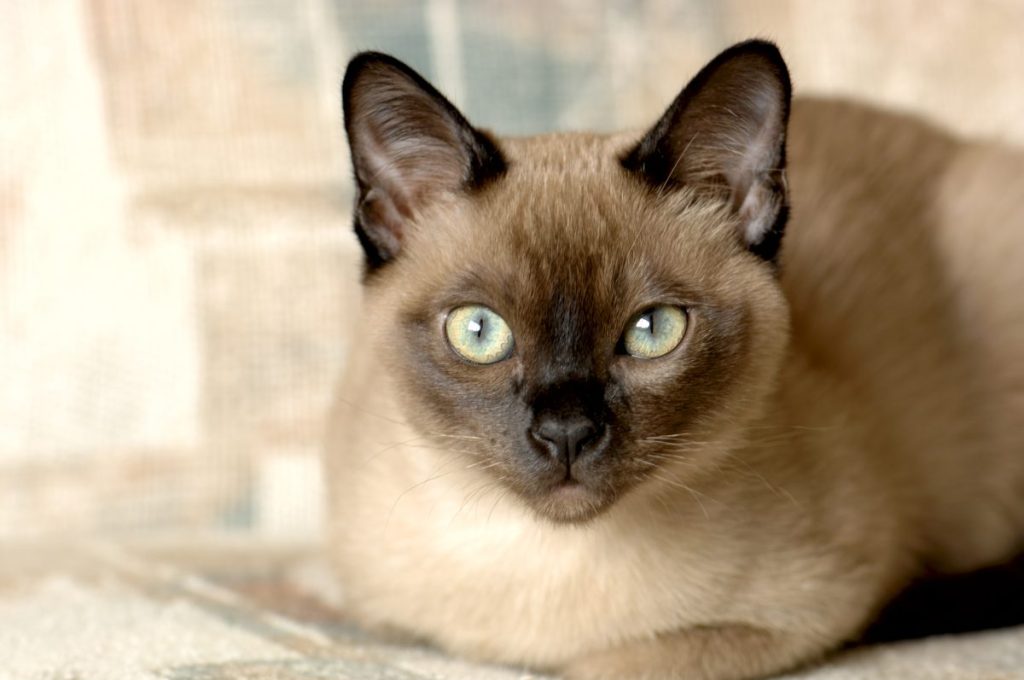Tonkinese cats are a charming breed known for their distinctive appearance and engaging personalities. Originating from the crossbreeding of Siamese and Burmese cats, they boast a unique coat that typically combines the sable’s warmth with the Siamese’s color points. The Tonkinese rose to national recognition in the 1960s when Jane Barletta promoted the…

When it comes to water, many felines seem to have their own set of unspoken rules — and some simply…
